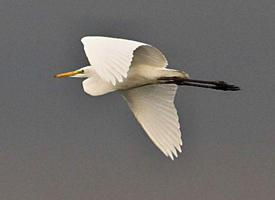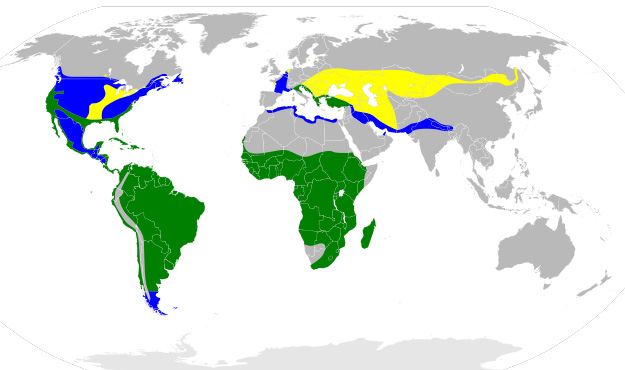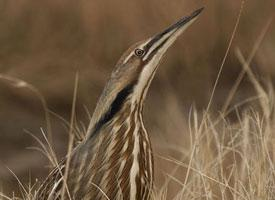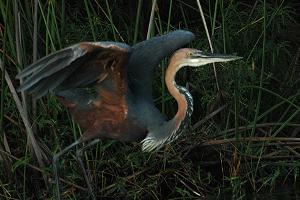
Greutăți și măsuri
| Lungime | de la 85 la 100 cm |
|---|---|
| Greutate | de la 1 la 1,5 kg |
| Lungimea anvergurii aripilor | de la 145 la 170 cm |
Descrierea animalului
The Great Egret (Ardea alba), also known as the Common Egret, Large Egret, or (in the Old World) Great White Egret, is a large, widely distributed egret, with four subspecies found in Asia, Africa, the Americas, and southern Europe. Recognized by its striking white plumage, long neck, and slender legs, the Great Egret is a magnificent sight in both freshwater and saltwater environments, including ponds, marshes, rivers, and coastal areas.Standing tall at up to 1 meter (3.3 feet) in height with a wingspan reaching up to 1.7 meters (5.6 feet), the Great Egret is a symbol of grace and elegance. Its slender neck, which forms an "S" shape when at rest and stretches out during flight, supports a long, sharp bill used adeptly for hunting. The bill, yellowish in breeding adults and darker (almost black) in non-breeding individuals, contrasts beautifully with its pure white feathers. During the breeding season, the Great Egret sports long, delicate plumes on its back, which were once highly sought after for use in women's hats, leading to the bird's near decimation in the past. Thankfully, conservation efforts have led to a significant recovery of the species.
The Great Egret is a solitary hunter, employing patience and stealth as it wades through shallow waters to spear fish, frogs, and other aquatic animals with its sharp bill. It may also feed on insects, small mammals, and reptiles, showcasing its adaptability in various environments. Its hunting technique involves standing still as stone or moving slowly, ready to strike its unsuspecting prey with lightning-fast precision.
Breeding season brings these normally solitary birds together in colonies, often with other wading bird species. They construct large nests of sticks in trees or shrubs near water bodies. Both parents take part in incubating the eggs, and later, in feeding the voracious chicks. The sight of a Great Egret colony, with its nests dotting the landscape and the air filled with the calls of chicks and adults, is a testament to the communal aspect of their otherwise solitary lives.
Migration patterns of the Great Egret vary by geographic location, with birds in colder regions moving south for the winter, while those in tropical and subtropical climates tend to be resident year-round. Their flight is a spectacle in itself, characterized by slow wingbeats and a long neck retracted into an "S" shape, contrasting with their long legs extended straight behind, creating an image of elongated grace.
Conservation efforts have been crucial in the resurgence of the Great Egret population. The bird is now protected under the Migratory Bird Treaty Act in the United States, and its presence is widespread enough that the International Union for Conservation of Nature (IUCN) lists it as Least Concern. However, habitat destruction and environmental pollution remain threats, underscoring the need for ongoing conservation work to ensure the Great Egret's survival.
In many cultures, the Great Egret is a symbol of purity, grace, and elegance, celebrated in art, literature, and folklore. Its resilience and the successful recovery of its populations also make it an emblem of conservation success. The Great Egret continues to captivate birdwatchers and nature lovers worldwide, a testament to the enduring allure of this magnificent bird.
Harta răspândirii

Animale similare
Fotografii noi cu animale
Top 10 animale
- Dolphin gull (Leucophaeus scoresbii)
- Diana monkey (Cercopithecus diana)
- Galápagos tortoise (Geochelone nigra complex)
- Moustached guenon (Cercopithecus cephus)
- Japanese spider crab (Macrocheira kaempferi)
- Colossal squid (Mesonychoteuthis hamiltoni)
- Stone loach (Barbatula barbatula)
- Fox tapeworm (Echinococcus multilocularis)
- Japanese macaque (Macaca fuscata)
- Barbary macaque (Macaca sylvanus)


